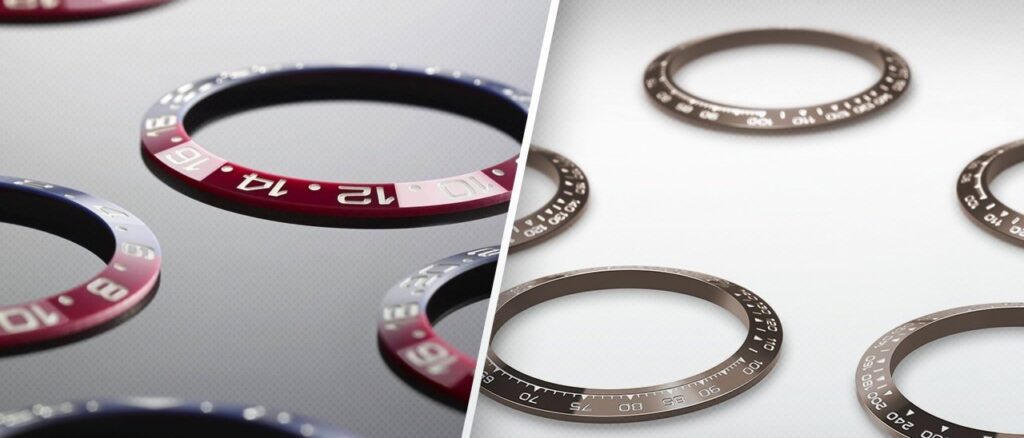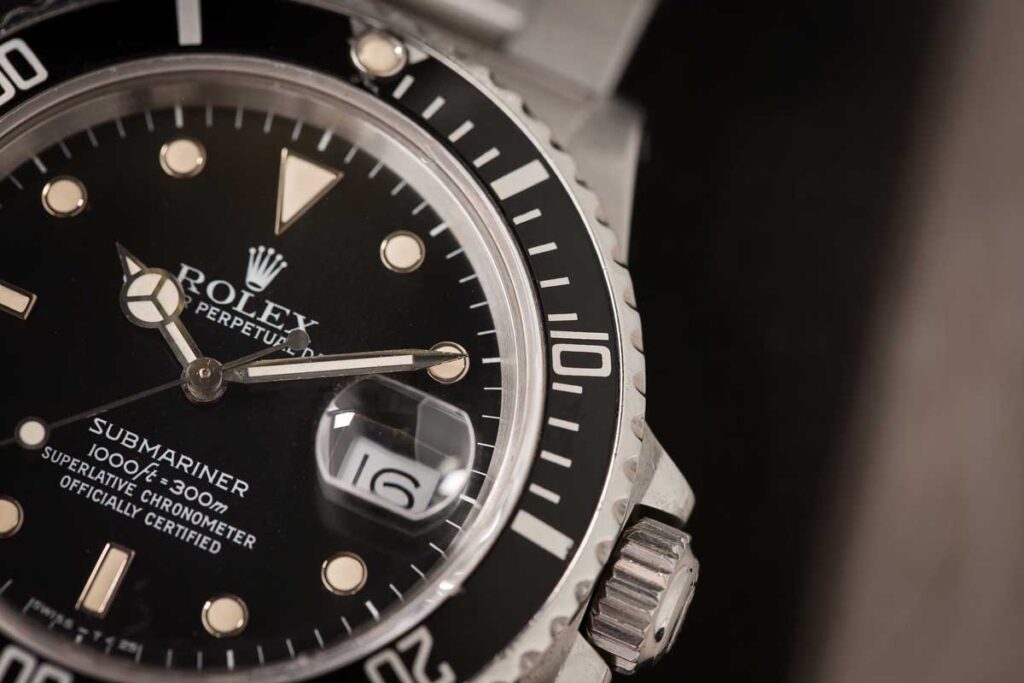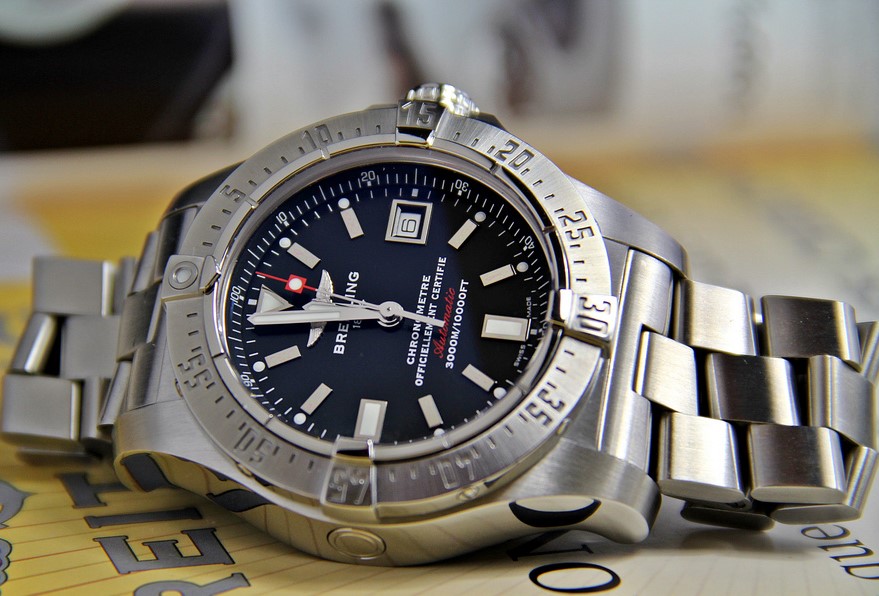
If you’ve ever encountered a watch you’ve most certainly encountered a watch bezel. If you’re not familiar with the term, a watch bezel is the part of the case that holds the crystal (the see-through piece above the face) in place. On most watches, this part tends to be circular. However, watch companies over the years have designed square, rectangular, triangular, arched, etc…shaped bezels to hold in uniquely designed crystals and watch faces. Though the variations in shape and style tend to be for more stylistic reasons, watch bezels often have a more pragmatic use. In fact, you might have noticed that the bezel on some watches rotates or has tick marks and numbers listed on it. On dive watches, aviation watches, or even just a regular ol’ stopwatch, rotating bezels are quite often used in tracking elapsed time; distance; and speed. In daily use, medical professionals; pilots; and divers (among others) tend to rely on their bezels for taking measurements and tracking vital information for themselves and others.

Focusing on dive watches for a moment, let’s have a look at the unidirectional bezel. The name itself is a dead giveaway for how it moves: in one direction. But what is the reason for this, one might ask? Well, the bezel itself rotates to create a new 12-o’clock position. This helps judge elapsed time relative to the position of the hands on the dial. In diving, this is helpful in tracking the amount of time left on an oxygen tank. This is where the unidirectional aspect of the bezel is also important. If the diver loses the countdown—if the bezel were to move backward—it could mean a potentially fatal lack of information. Though there are computing devices that can also track this information, this basic technological feature can be a make-or-break tool on a dive. Outside of diving, the unidirectional bezel also works well as a countdown timer. If your timepiece is not equipped with a chronograph (stopwatch), it can be a quick and simple way to track the passage of time.
Speaking of stopwatches and bezels, another common rotating-bezel variation is the tachymeter. It’s an odd word to come across if you’re not familiar, here’s a quick definition: the prefix “tachy-” translates to speed and “meter” essentially means to measure. This word is pronounced “ta-KIM-i-ter” and the tachymeter on a watch does as it says—it measures speed. These watch bezels are commonly used in aviation and motor-racing sports. They incorporate stopwatch function into the tracking of distance (thus measuring speed). Although the word itself relates directly to speed, being able to measure the relative speed to time elapsed also helps a watch user keep track of things like overall-distance and fuel levels. This aspect of using a tachymeter can be essential when onboard measurements and tools are functioning improperly. Cosmetically, you’ll notice a tachymeter will have a more extensive set of numbers and figures. They are also, often, bi-directional. These features help dial-in specific figures that not only relate to time, but also the shifts in speed the user is experiencing while traveling.
Although the tachymeter and unidirectional bezels tend to be the ones that serve the most common utility, there are other variations as well. You might notice, for example, that some are fixed but have the first fifteen seconds marked outside of the dial. At first this might seem like a stylistic choice, but many individuals in the medical field use these types of bezels for tracking heart rates. When measuring heart rates, the fifteen second tick mark is followed while counting the number of beats that occur within that time-frame. When that number is multiplied by 4, you get the beats per minute of a patient (or maybe a best friend if you’re trying to pass the time).

Although other variations exists—and blends of bezel styles on specific designs—each bezel serves its wearer in its own way. The bezel itself often goes beyond just holding the crystal in place and can have its own unique utility and design. Whether you’re tracking how fast you’re flying or just counting down the minutes, there’s a bezel for you. A particular new variation, in closing: The Reactor Proton “World Time.” It’s a bi-directional bezel that tracks world time zones relative to where your time is set. So, no matter where one finds themself in time—it’s a bezel that brings each part of the world together in one timepiece.
Times Ticking has been in operation for more than 30 years, since 1982. We have performed watch repair for customers both locally and internationally. If it Ticks! We KNOW it! Our team of watch repair technicians have a combined experience in watchmaking of over 120 years.

